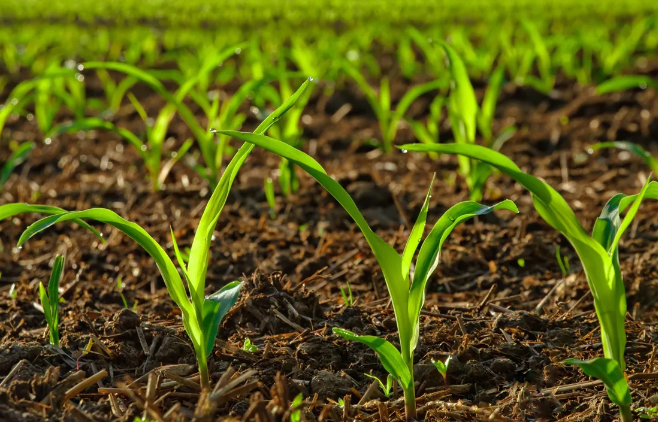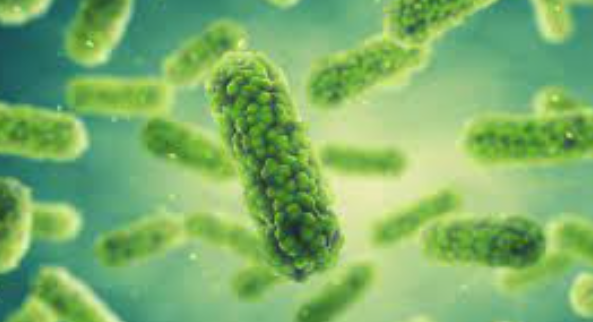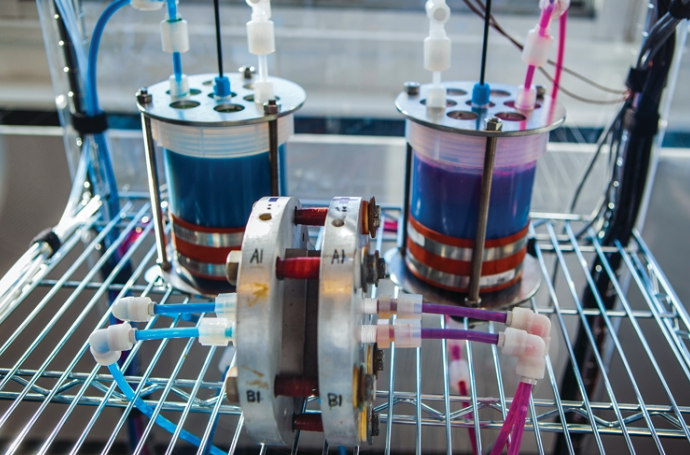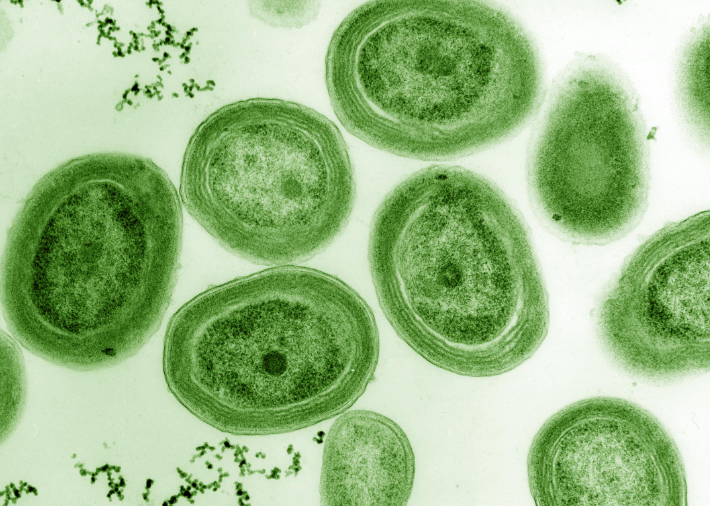Bright plants: What do they do to be adept at catching sunlight?

Hello, science enthusiasts! Today we are going to dive into the amazing world of photosynthesis and discover why plants are real stars in capturing sunlight. When plant cells are struck by sunlight, a mind-boggling chain of events is unleashed. Packets of energy, called photons, are launched from protein to protein until they reach the photosynthetic reaction center, that’s where the magic happens: cells transform that energy into electrons, which are then used to make delicious sugar molecules. Sweet! This energy transfer process is extremely efficient. Almost every photon of light captured generates an electron! It’s like every ray of sunshine is a winning lottery ticket for plants, I wouldn’t mind being that lucky, would I?
A team of MIT chemists decided to uncover the secret behind this incredible efficiency. And what did they find? Because disorder is actually better than order! Yes, you heard it right, light-harvesting proteins, also known as “antennae,” have a disorganized arrangement that increases efficiency in energy transduction, and it turns out that this disorganization helps them transmit energy more effectively over long distances. They are like the best soccer players who know how to pass the ball without wasting time!


MIT scientists managed to study how energy moves between these proteins using miniature synthetic membranes. Like they’re building a model science amusement park! By placing the light-harvesting proteins on these membranes, they were able to control the distance between them and observe how energy was transmitted. Here comes the fun fact: the closer the proteins are, the faster the energy travels between them, it’s as if the speed of a snail race would increase if they were stuck together. Vroom, vroom! But if the proteins are further apart, the journey slows down and some energy is lost along the way.
Now, the question is: what does this have to do with real life? Well, it turns out that biology tends to be messy in general. Our bodies are full of complexity and chaos, and that’s a good thing! This finding makes us think that perhaps disorganization is something organisms have evolved to take full advantage of. We are disorderly efficient beings! The MIT scientists don’t stop there, they already have new research on energy transfer in other proteins and different organisms, such as green plants, in their sights. They are ready to reveal more secrets and continue exploring the amazing world of photosynthesis.


So there you have it, dear readers. Photosynthetic light harvesting is a story of organized disorder, like an orchestra without a conductor producing the most beautiful symphony. Plants show us once again that nature always has an ace up its sleeve and that efficiency can be found even in chaos. Keep shining, plant world! Until next time, science lovers!





Responses